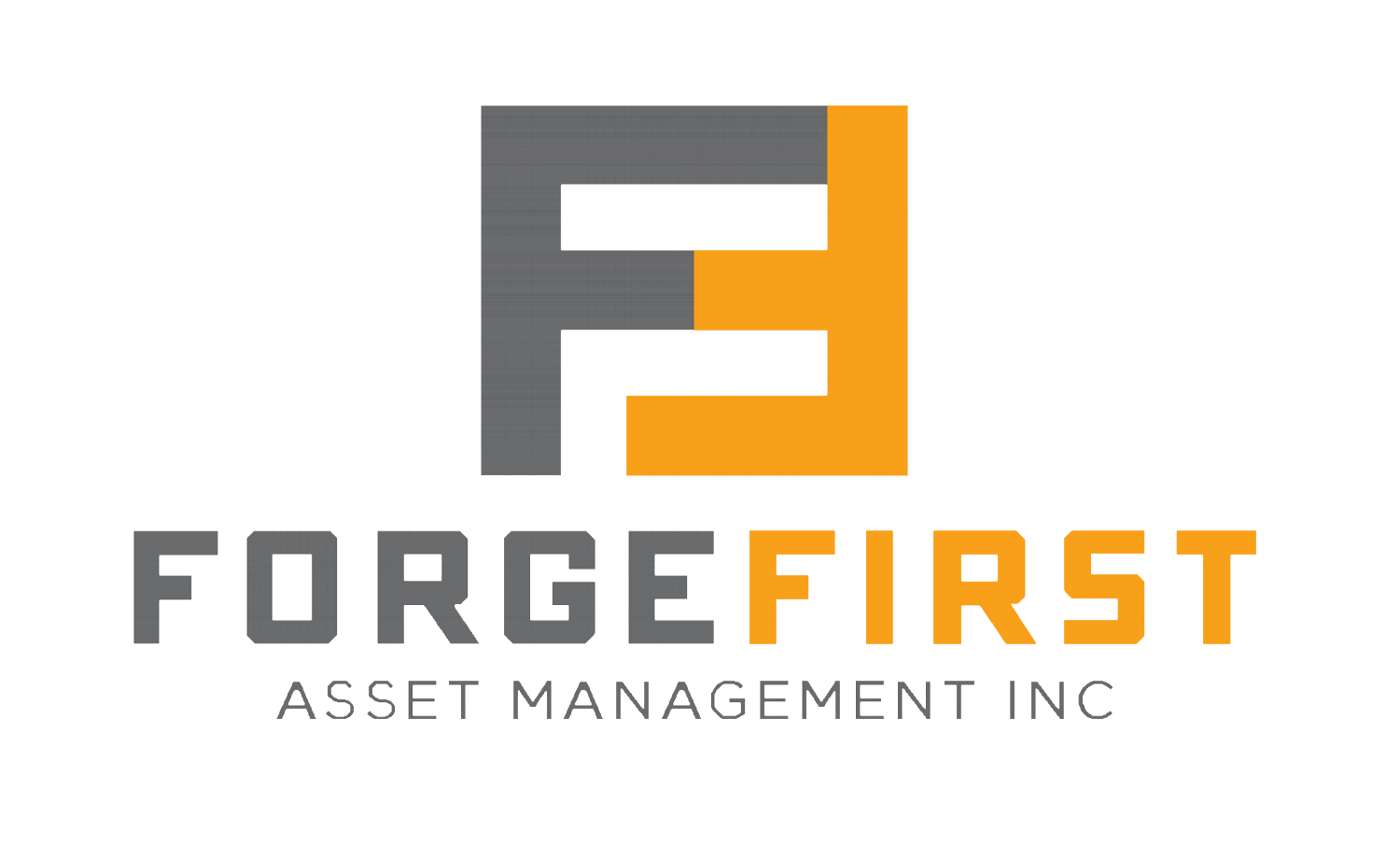The circular argument being driven by the monetary policy musical chairs continued this week after Draghi failed to “beat expectations”. This logic suggests the late week rally in the € trims Europe’s outlook for growth, necessitating further QE which in turn drives up the USD and causes the FOMC to remain “dovish”. Keeping pace with this bouncing ball causes dizziness to the market follower while North American markets just plain gave up, finishing November either side of flat, amidst an increasing number of disturbing signals.
Back in mid-August, China frightened markets with unexpected market interventions, serving to damage the majority of investors and asset classes. Then one month later, in mid-September, the FOMC heightened those fears and the market’s decline by implicitly blaming China as the reason the FOMC didn’t hike rates. Then during the following two to three weeks, enough China-calming statistics were released enabling “bad to become good again”, especially when weak U.S. September jobs data came out at the beginning of October. Sprinkle on a dash of short-covering and year-end performance chasing, regardless of the fundamentals, and you had the recipe for a good October. The S&P 500 index had its fourth best October since 1928 and one that more than erased all of Q3’s decline.
The good news is that it's Q4, a quarter that has generated profits for investors ~13% of the time (see graph on page 3); the bad news, the discombobulated feeling investors were left with last week, given the stark contrast between lousy U.S. jobs data and the 10-year high in auto sales. However, since last month's market commentary, based on my take that the fear over China's economy is overblown, I've formed the view that non-resource equity markets will move higher into year end. But first, let's talk about September and the third quarter...
Year-to-date while oil markets and the FOMC have dominated financial-related headlines, two other stories that potentially expose the outlook of the global economy and financial markets to significant risk, slowing Chinese growth and declining forex reserves, rose to the top of the pecking order and hurt investors during August. Neither of these stories were new, but markets had shrugged off their potential implications until they couldn’t, and the catalyst for that revision was the Clouseau-esque nature by which the Chinese tried to boost their markets, exacerbated by the regulation-driven illiquidity of post global financial crisis trading. The results were swift and startling.

